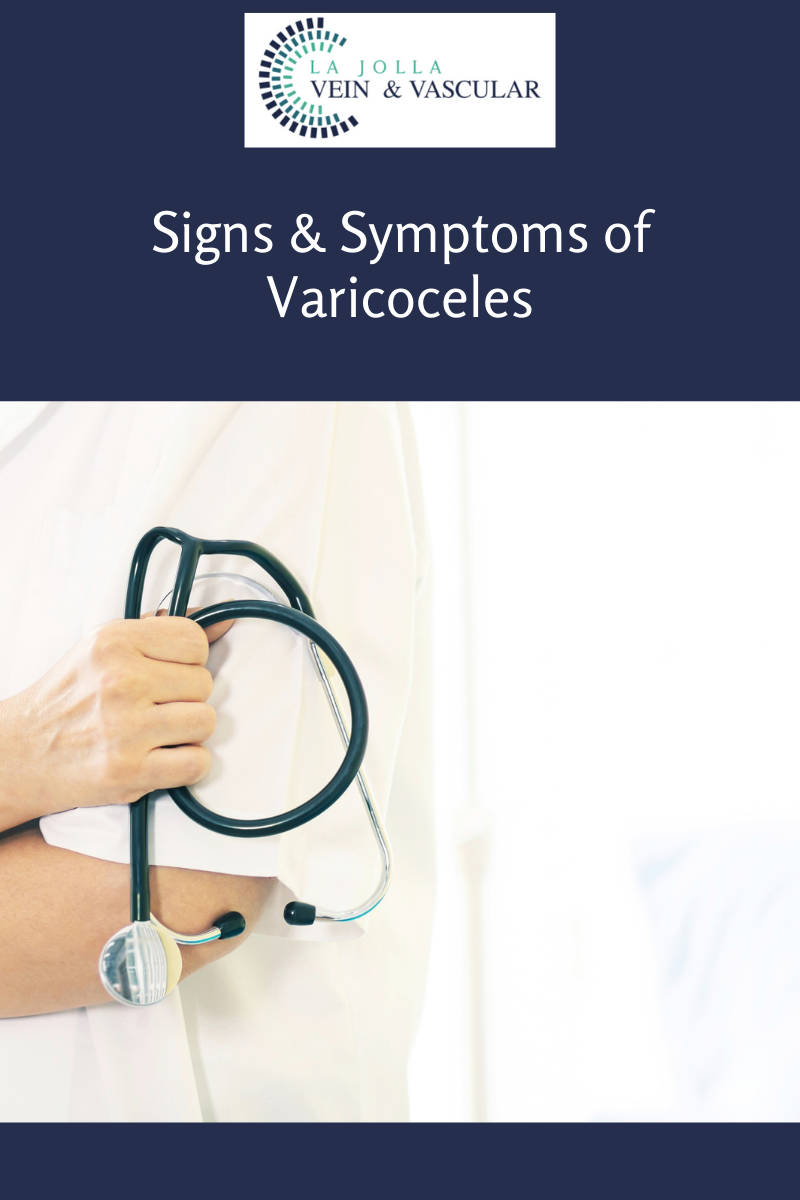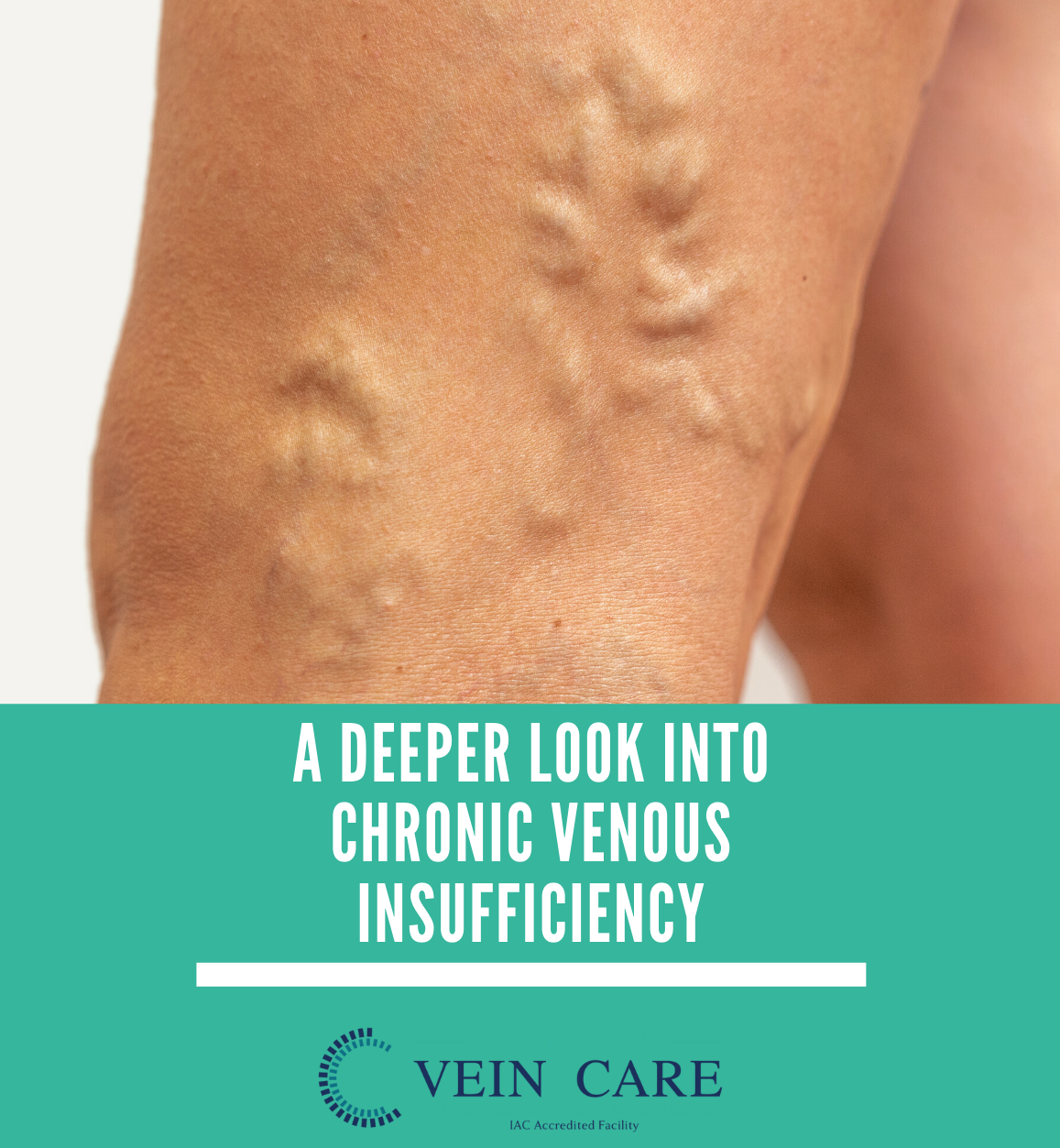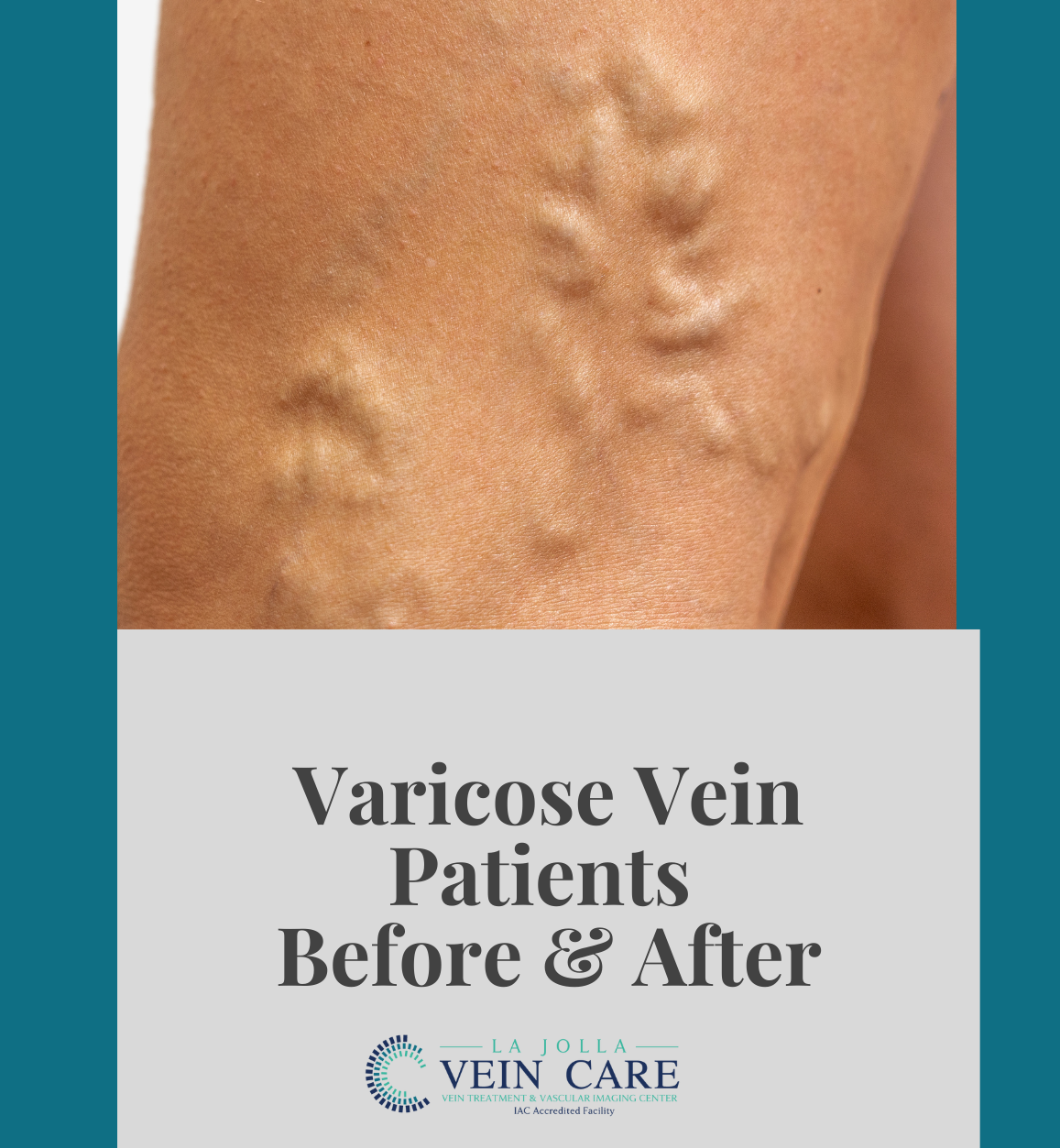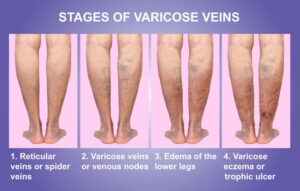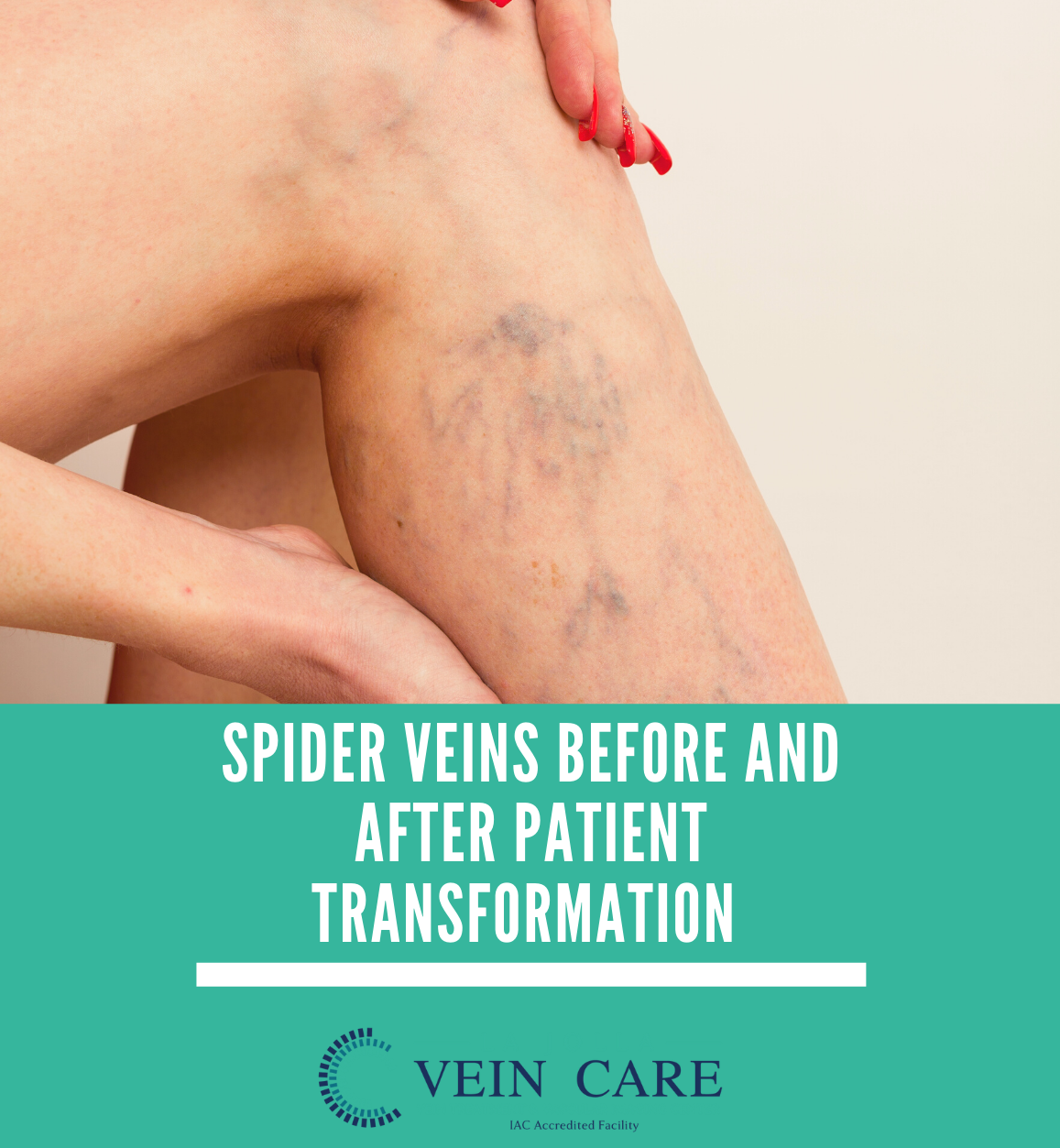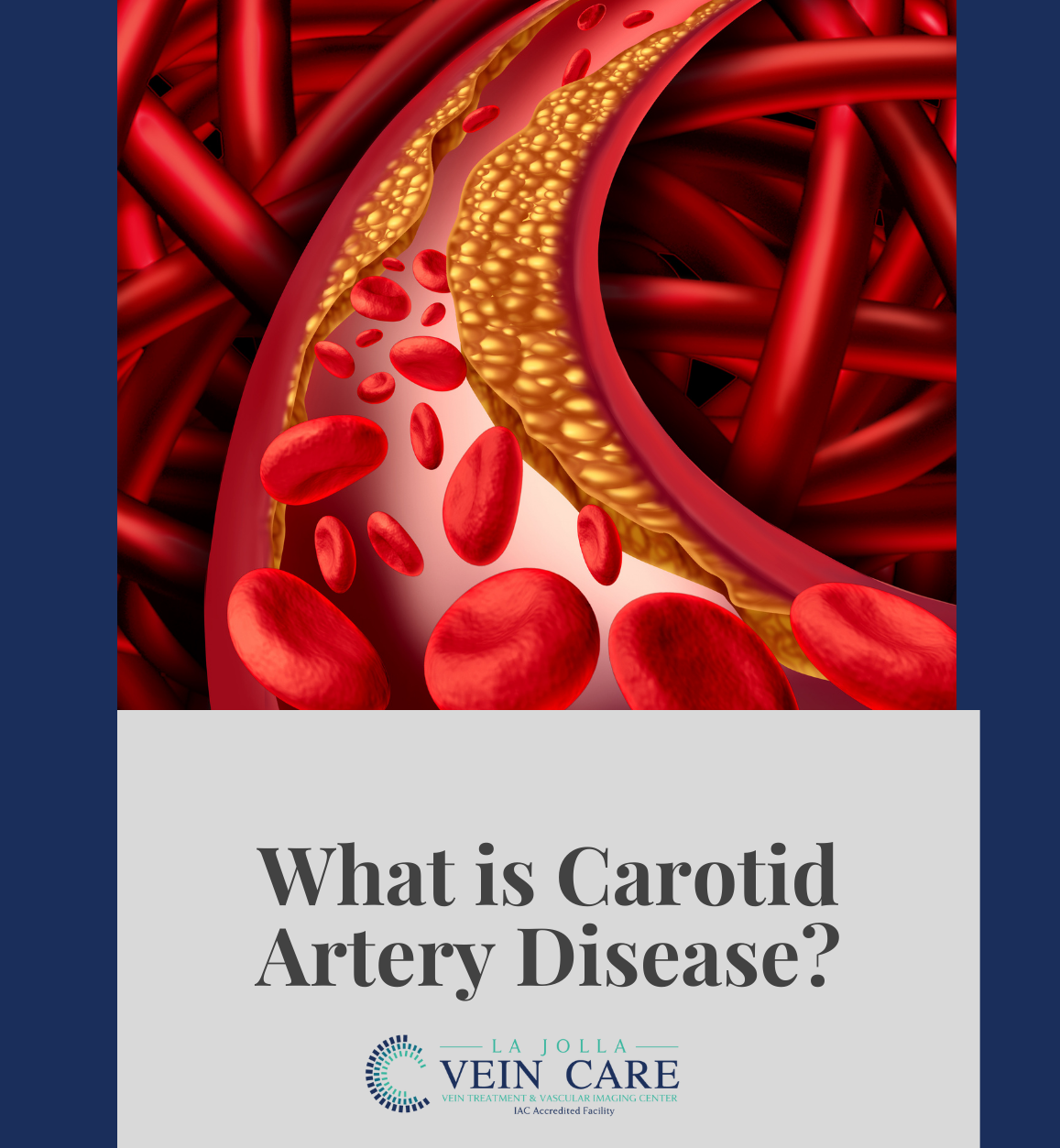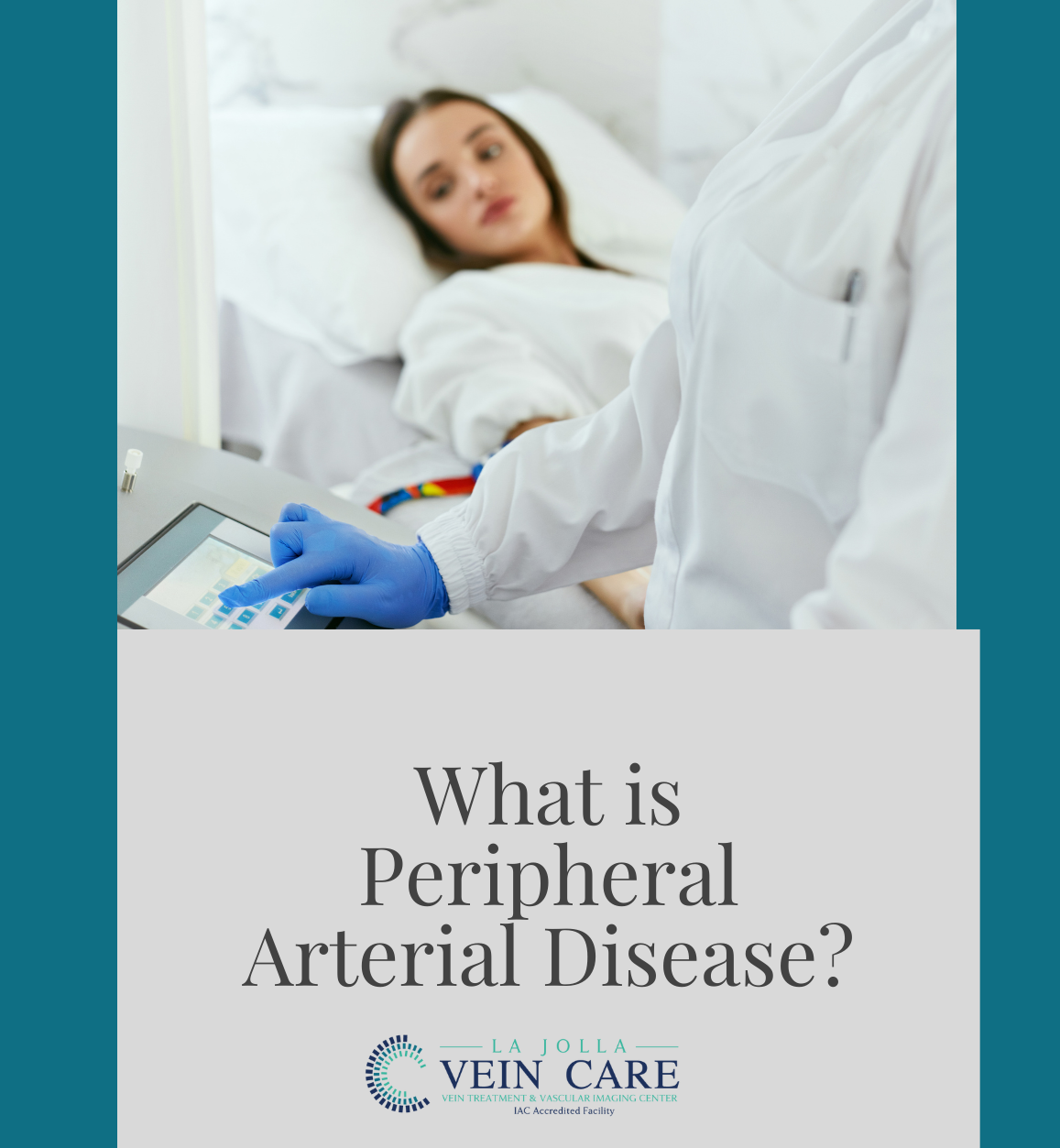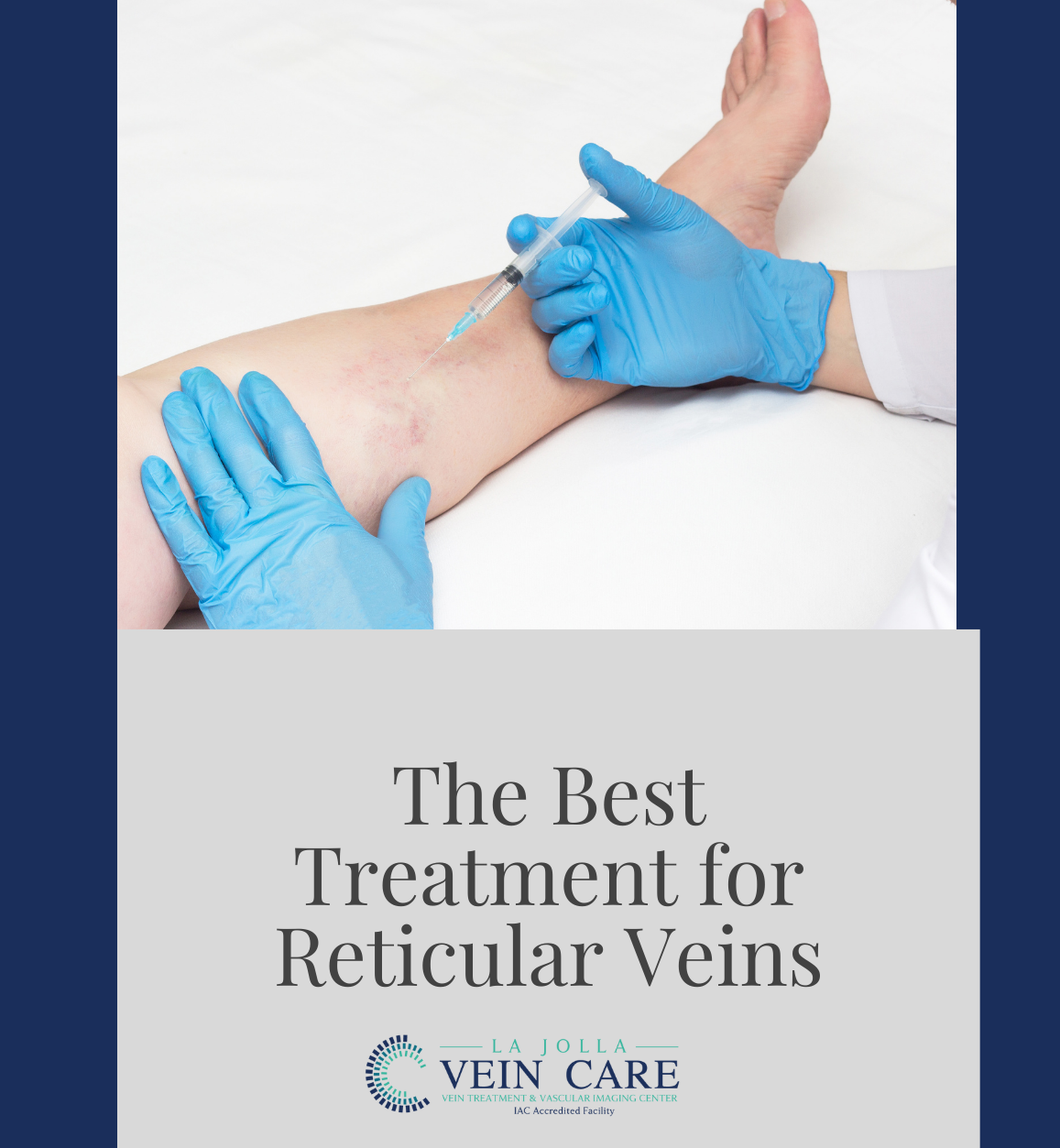Causes of Osteoarthritis
LJVascular2022-05-13T17:16:22-07:00Causes Of Osteoarthritis (OA)
Although Knee Osteoarthritis affects as many as 45 percent of people in their lifetime, the exact cause is unknown. However, medical practitioners have discovered several risks that increase the chances of developing knee osteoarthritis. These include:



